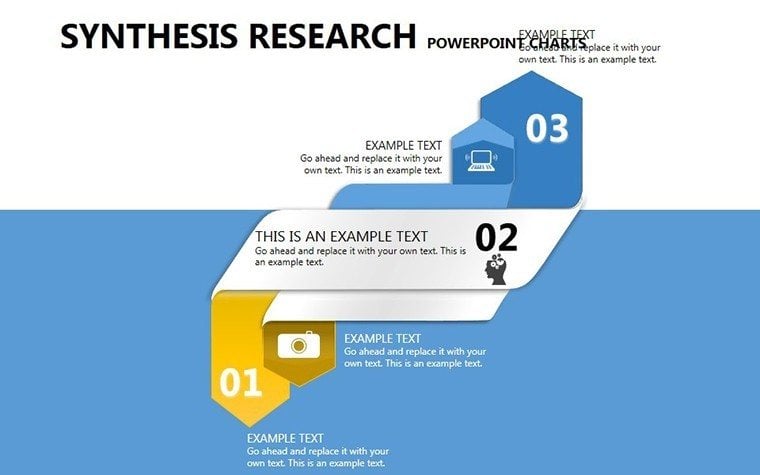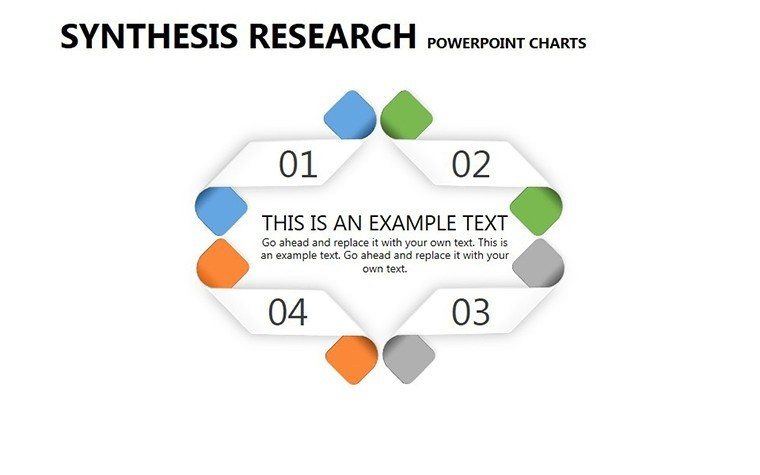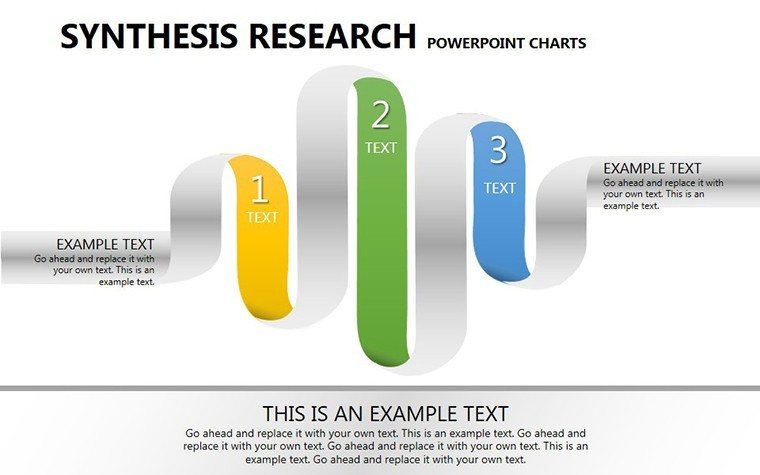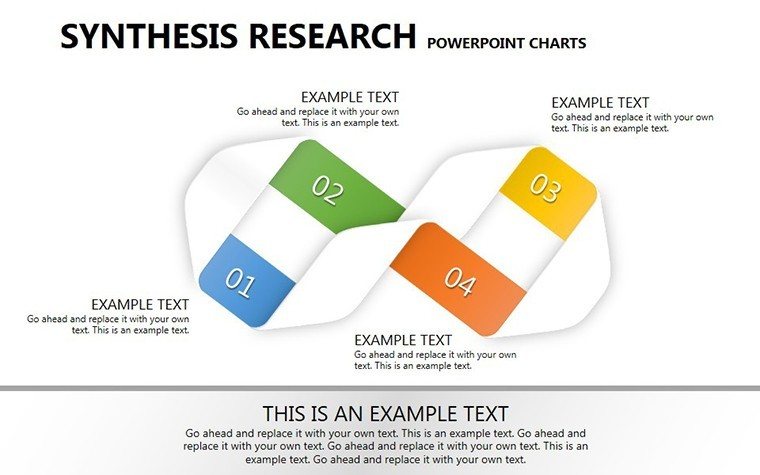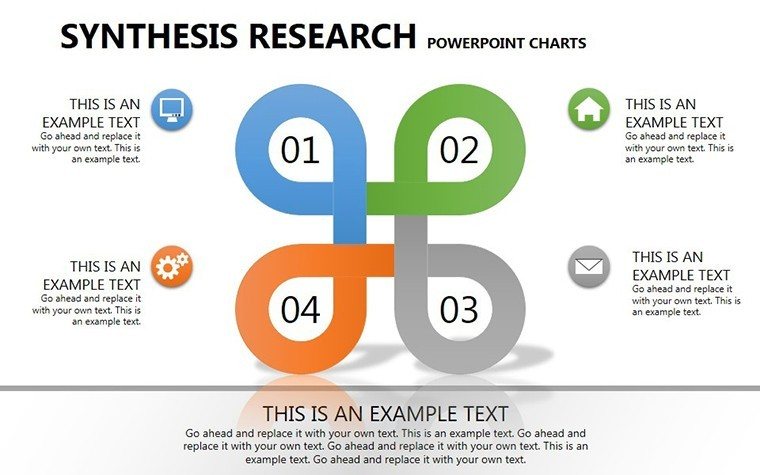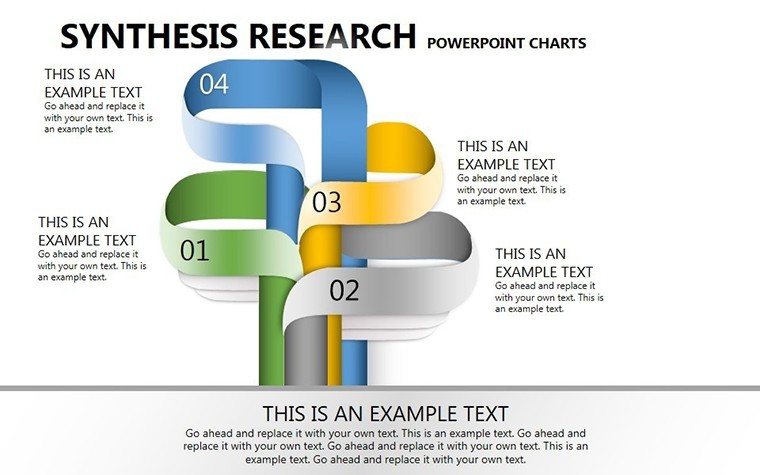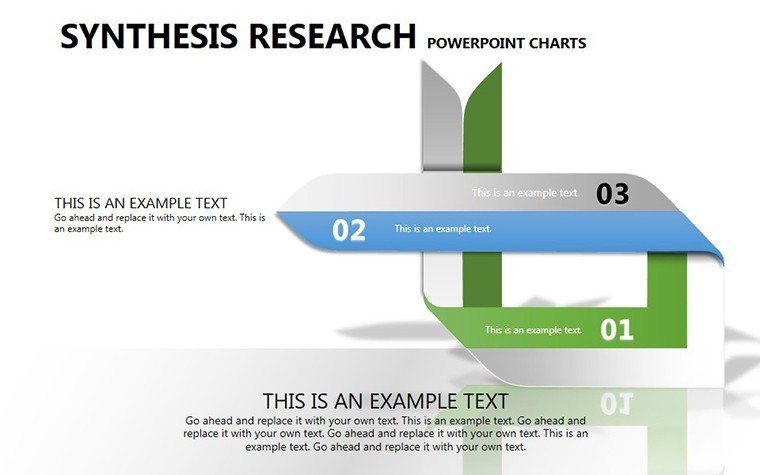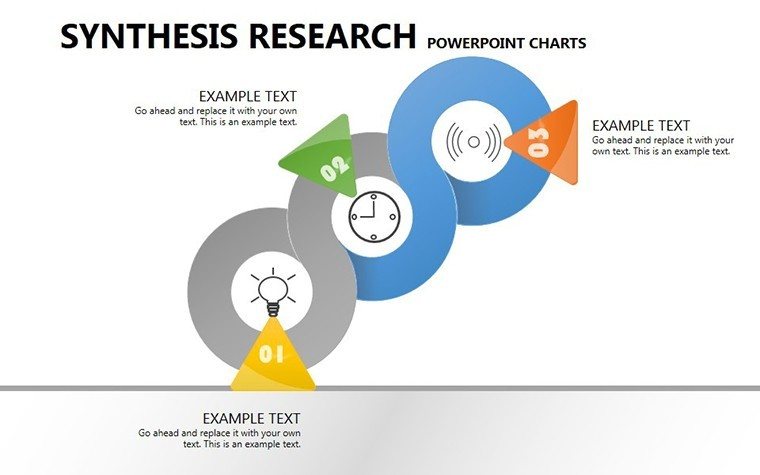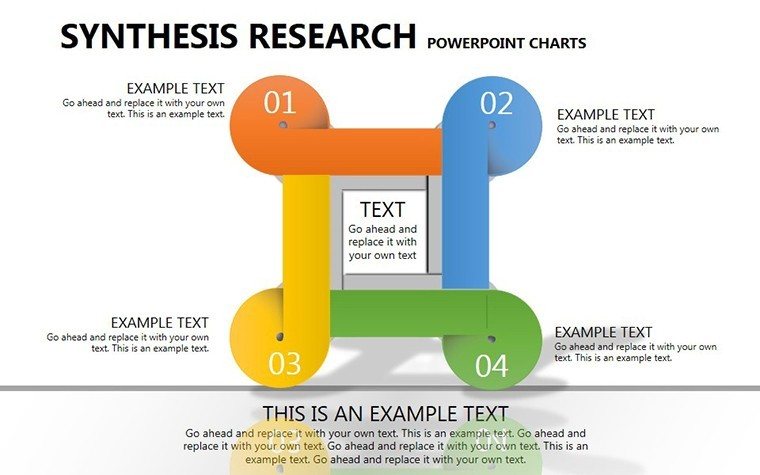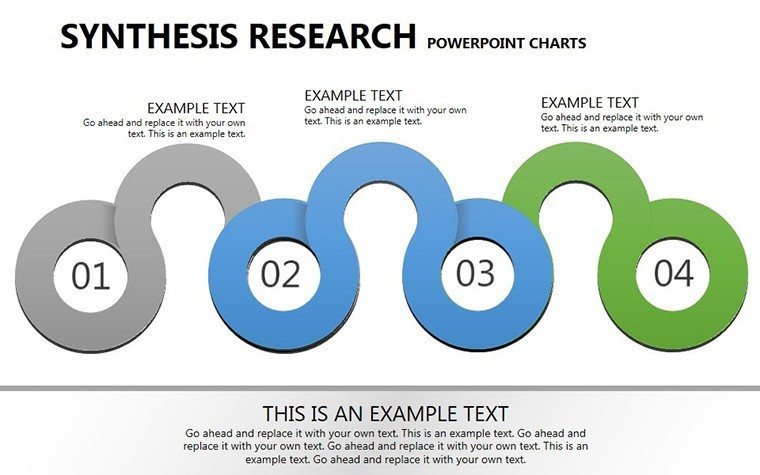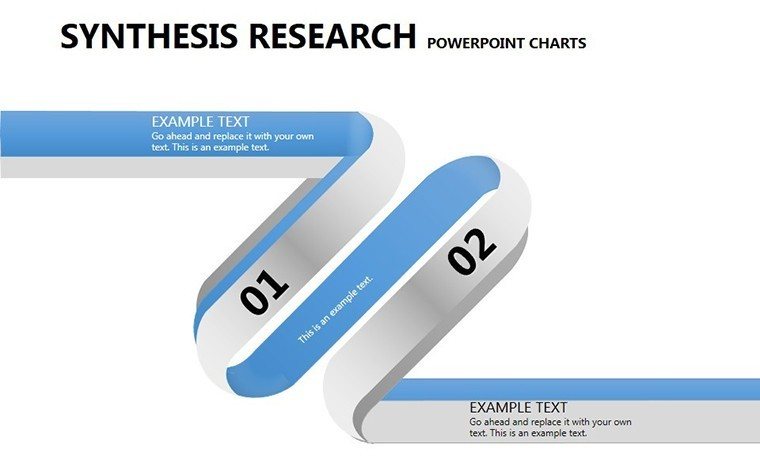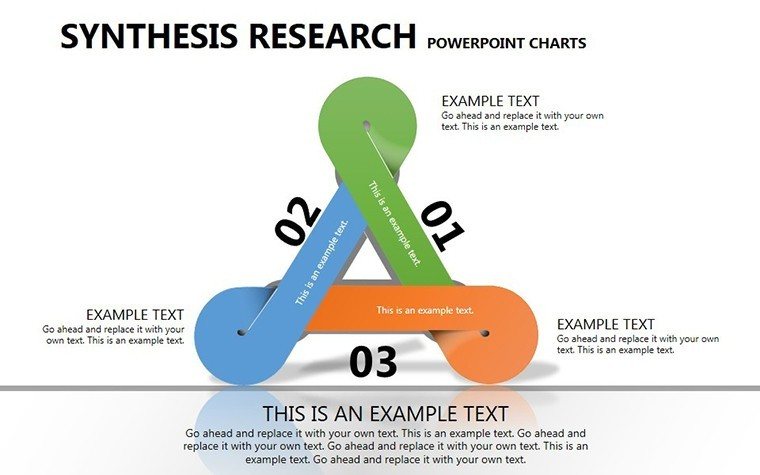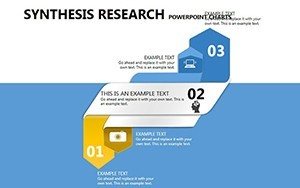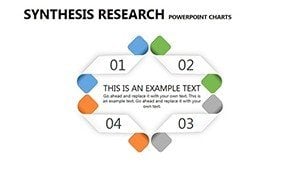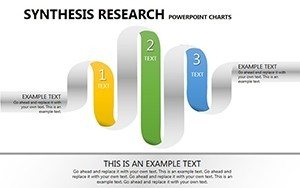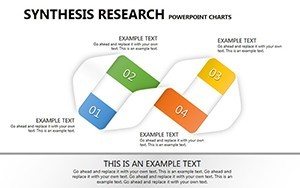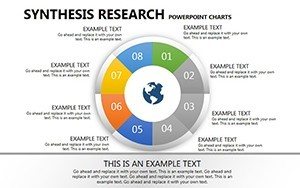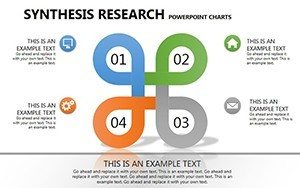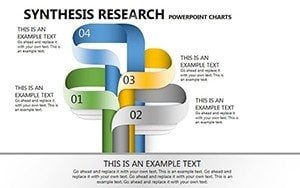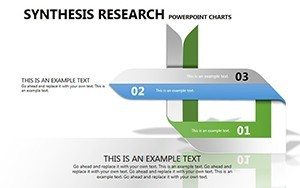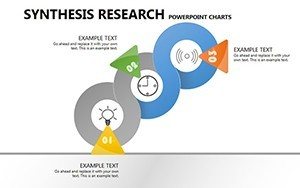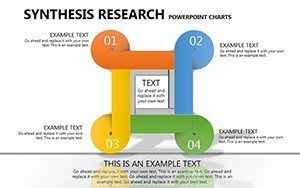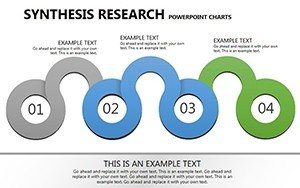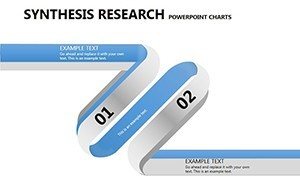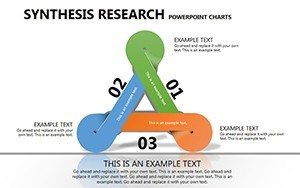Promo code "00LAYOUTS"
Research Methodology PowerPoint Charts Template: Clarity in Every Analysis
In the intricate world of research, where hypotheses meet hard data, having the right tools to present your methodology can make all the difference. Our Research Methodology PowerPoint Charts Template is crafted for academics, scientists, and analysts who demand precision and visual appeal in their work. Featuring 13 editable slides focused on matrix and flow charts, this PPTX resource helps you map out data collection strategies, sampling techniques, and analytical processes with ease. Whether you're defending a thesis to a panel or briefing a team on project protocols, these charts turn complex methods into digestible visuals that foster understanding and credibility.
Inspired by standards from bodies like the American Psychological Association (APA) for rigorous research communication, this template addresses common challenges like overwhelming audiences with jargon. Researchers in fields from social sciences to market analysis will appreciate how it saves time, ensuring compatibility across PowerPoint and Google Slides. Step into your next presentation confident that your methodology shines, backed by designs that highlight validity and reliability - let's explore how this can elevate your scholarly endeavors.
Essential Features That Drive Research Excellence
This template's core lies in its specialized charts tailored for research workflows, such as flow diagrams illustrating qualitative vs. quantitative paths or matrix grids for comparing sampling methods. With 13 slides, each is fully editable, allowing you to adjust axes, labels, and colors to fit your study's palette.
- Flow Chart Versatility: Depict sequential steps in data gathering, from surveys to case studies, with smooth transitions.
- Matrix Layouts: Organize variables like exploratory vs. structured approaches in grid formats for quick comparisons.
- Data Integration Tools: Embed your findings directly, ensuring charts reflect real-time hypothesis testing.
- Professional Aesthetics: Clean lines and subtle gradients that align with academic standards for trustworthiness.
These elements solve pain points like vague process descriptions, enhancing through expert-level visualizations that demonstrate methodological rigor.
Practical Use Cases: From Lab to Lecture Hall
Envision a social scientist using a flow chart to outline interview protocols in a grant proposal, where clear visuals led to funding approval, mirroring successes in NIH-backed studies. For market researchers, matrix slides can contrast consumer survey data, revealing trends that inform business strategies.
- Identify your key methodology components - e.g., data collection tools like observations or experiments.
- Select a matching slide, such as a branched flow for mixed-methods designs.
- Populate with specifics: Add timelines for phases, using colors to denote qualitative (warm tones) vs. quantitative (cool tones).
- Refine for presentation: Test readability and add notes for validity checks, like random sampling explanations.
This methodical application ensures your audience grasps the 'why' behind your methods. Compared to standard PowerPoint, which requires building from scratch, this template offers pre-optimized structures, cutting prep time significantly. In educational settings, professors use it to teach research ethics, with slides breaking down bias mitigation in real-time examples.
Customization Strategies for Tailored Insights
To maximize this template, start with your research question as the anchor. For a qualitative study on urban planning, use flow charts to sequence ethnographic observations, incorporating LSI terms like "hypothesis validation" naturally. Add a dash of engagement: Lightly annotate a matrix with a rhetorical question like "Which method yields deeper insights?" to spark discussion.
Workflow tip: Import data from tools like SPSS, then animate reveals for dramatic effect in defenses. This integration builds authoritativeness, showing seamless tech proficiency. For trustworthiness, include subtle CTAs like "Refine your research visuals now."
The Superior Choice for Methodological Mastery
What sets this apart? Its niche focus on research methodology, with slides dedicated to nuances like triangulation or reliability testing, unlike broad templates. Users echo sentiments from academic journals, noting improved peer feedback. Dive into slide specifics: Slides 1-3 introduce basics with overviews; 4-8 detail flows and matrices; 9-13 provide advanced variations for complex studies.
In practice, a case from a university lab showed how these charts clarified a multi-phase experiment, leading to published findings. Value props include cost-effectiveness and scalability, perfect for solo researchers or teams.
Unlock methodological precision - download and customize this template to propel your research forward.
Frequently Asked Questions
- How do I integrate my data into these charts?
- Simply edit the placeholders with your metrics; the template supports direct imports from spreadsheets for accuracy.
- Is it suitable for both qualitative and quantitative research?
- Yes, with dedicated flows for exploratory methods and matrices for numerical analysis.
- Can I use this for academic conferences?
- Absolutely - its professional design aligns with conference standards for clear, impactful presentations.
- Are the slides mobile-friendly?
- They render well on devices, though best viewed in full screen for detailed charts.
- What if I need more slides?
- Duplicate and modify existing ones to expand without losing consistency.
- Does it include examples of research ethics?
- While not pre-filled, slides can be adapted to illustrate ethical considerations like informed consent.

